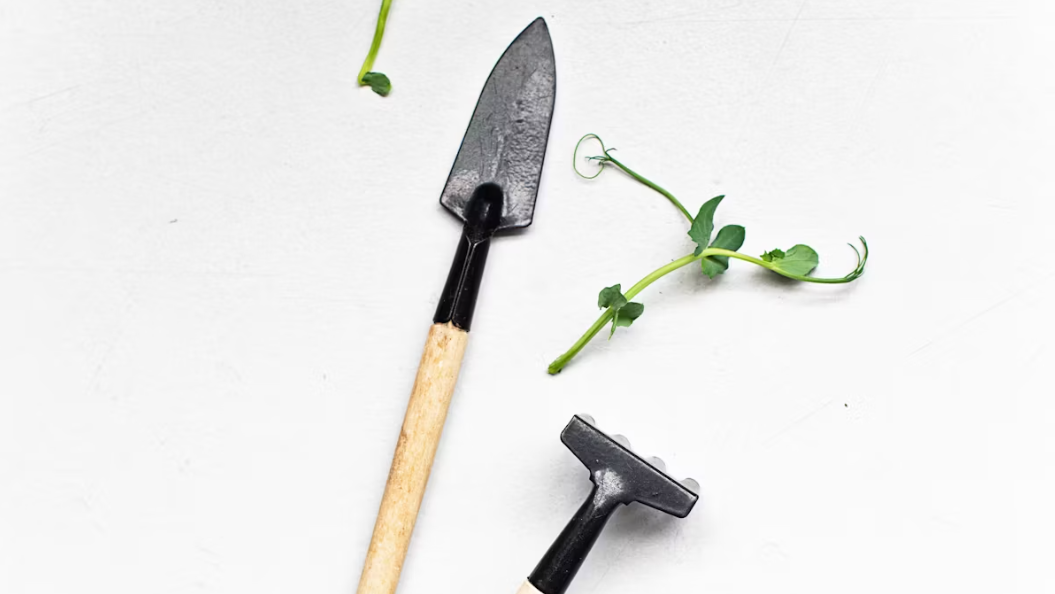Understanding Hand Hoe Tools
Types of Hand Hoe Tools
Hand hoe tools are indispensable for any gardening enthusiast. These versatile implements come in various forms, each designed for specific tasks related to gardening and cultivation. Whether it’s weeding, soil preparation, or planting, hand hoe tools play a crucial role in maintaining a healthy garden. By understanding the different types of hand hoe tools available, gardeners can optimize their use and achieve better results in their gardening endeavors.

Traditional Hand Hoe Tools
Types of Traditional Hand Hoes
Traditional hand hoe tools have a rich history that dates back centuries, evolving to meet the needs of gardeners and farmers. The different types of traditional hand hoes are a testament to the diverse cultivation techniques employed across various cultures and regions. Some common blade designs include the heart-shaped hoe, paddle hoe, and stirrup hoe, each serving specific purposes in gardening practices.
Benefits of Using Traditional Hand Hoes
The use of traditional hand hoes aligns with sustainable and organic gardening principles, promoting environmentally friendly cultivation methods. These time-tested tools are highly effective in controlling weeds without the need for chemical interventions, contributing to healthier soil and plants. Additionally, traditional hand hoes aid in soil cultivation by breaking up compacted earth and preparing it for planting, fostering optimal growing conditions for crops.
Modern Hand Hoe Innovations
Innovative Features of Modern Hand Hoes
Innovations in modern hand hoe tools have revolutionized the gardening and cultivation landscape. These advancements encompass a range of features that enhance the efficiency and effectiveness of these essential implements.
- Advancements in Materials: Modern hand hoes are crafted from durable and lightweight materials such as carbon steel and aluminum, ensuring longevity and ease of use. The use of high-quality materials contributes to the durability and resilience of these tools, making them ideal for various gardening tasks.
- Ergonomic Designs: Ergonomics play a pivotal role in modern hand hoe innovations, with handles designed for optimal grip and comfort during prolonged use. The ergonomic designs reduce strain on the hands and wrists, promoting a more comfortable gardening experience while minimizing the risk of fatigue or injury.
- Integration of Technology: Some modern hand hoes integrate technology to enhance their functionality. For instance, adjustable blade angles and interchangeable heads allow for versatility in addressing different gardening needs, providing gardeners with adaptable solutions for various tasks.
Benefits of Modern Hand Hoe Innovations
The evolution of traditional hand hoes into modern variants brings forth several notable benefits that cater to the evolving needs of gardeners:
- Addressing Limitations: Modern hand hoe innovations address the limitations of traditional tools by offering enhanced precision, maneuverability, and adaptability. This allows gardeners to achieve greater accuracy in cultivating soil and managing weeds effectively.
- Precision Gardening: With modern hand hoes, gardeners can engage in precision gardening techniques, targeting specific areas without disturbing surrounding plants or soil. This level of precision contributes to healthier plant growth while minimizing disruption to the overall garden ecosystem.
These innovative features and benefits underscore the significant role that modern hand hoe tools play in contemporary gardening practices.
Weeding and Cultivation Techniques
Effective Weeding Methods
Maintaining the health of a garden relies heavily on proper weeding practices. Weeds compete with desirable plants for essential resources such as water, nutrients, and sunlight. Utilizing hand hoe tools for weeding is an effective way to manage weed growth without resorting to chemical interventions. When using a gardening hoe or hand weeder, it’s important to approach the task with precision, targeting the base of the weeds to ensure complete removal. This technique minimizes soil disturbance and reduces the likelihood of weed re-growth.
Additionally, employing a push-pull motion with the hand hoe tool allows for efficient weed removal while avoiding damage to surrounding plants. By incorporating these gardening techniques, gardeners can effectively maintain a weed-free environment, promoting the optimal growth of desired plant species.
Cultivation Best Practices
Hand hoe tools are valuable assets in cultivating and preparing the soil for planting. They contribute to soil aeration by loosening compacted earth, facilitating better air circulation and root development. When using a cultivation tool, it’s beneficial to work the soil gently, avoiding excessive disruption to its natural structure.
Furthermore, hand hoe tools aid in distributing nutrients throughout the soil, ensuring that plants receive essential elements for healthy growth. To optimize cultivation practices, gardeners should utilize their hand hoe tools in a consistent and methodical manner, paying attention to depth and coverage when working the soil.
These best practices in weeding and cultivation underscore the significance of hand hoe tools in maintaining a thriving garden ecosystem.
Choosing the Right Hand Hoe Tool
Selecting the Perfect Hand Hoe Tool
When choosing the ideal hand hoe tool for your gardening needs, consider factors such as the type of gardening you engage in, the size of your garden, and the specific tasks you intend to accomplish. For instance, a gardening hoe with a wider blade is suitable for larger garden areas and heavy-duty soil cultivation, while a compact hand weeder is ideal for precision weeding in smaller spaces. The right hand hoe tool not only enhances gardening efficiency but also contributes to the overall health and vitality of your plants. For further insights on hand hoe tools and advanced gardening techniques, consult reputable horticulture resources.
